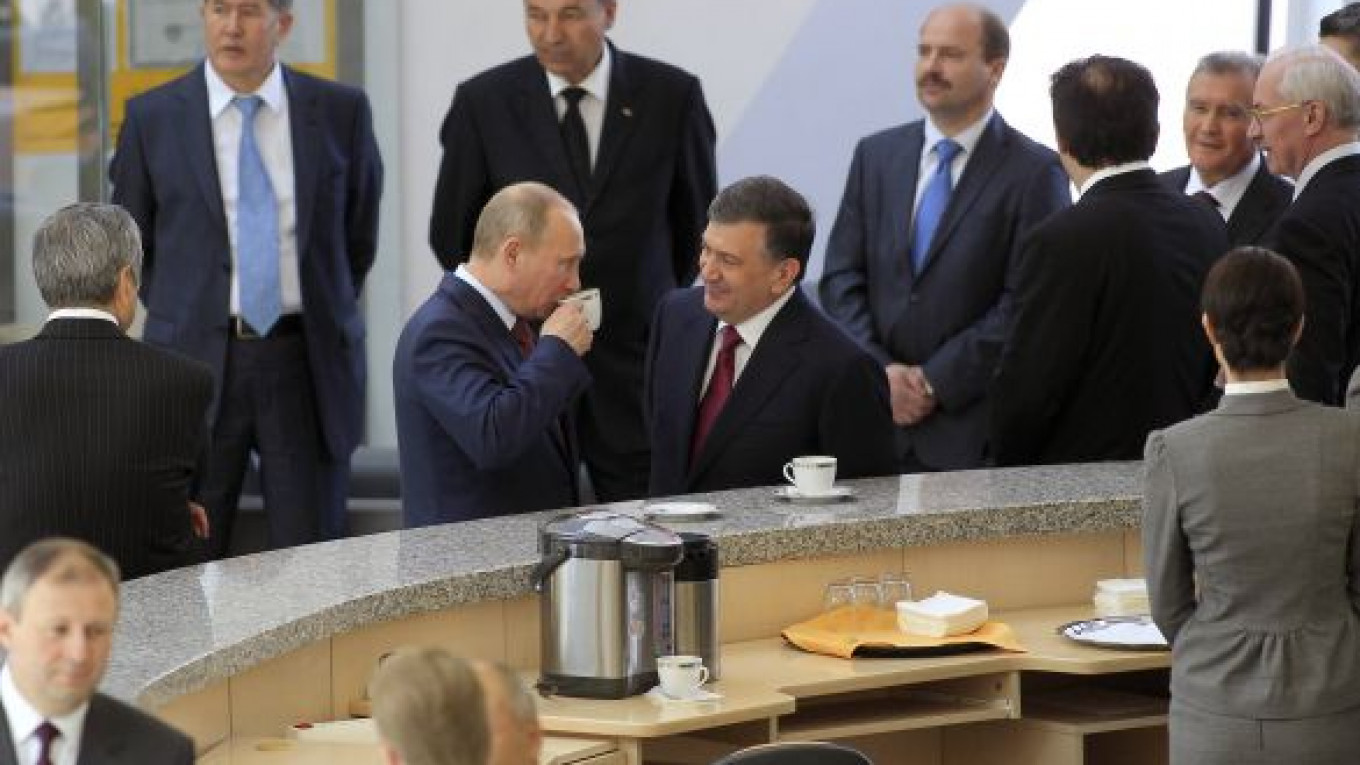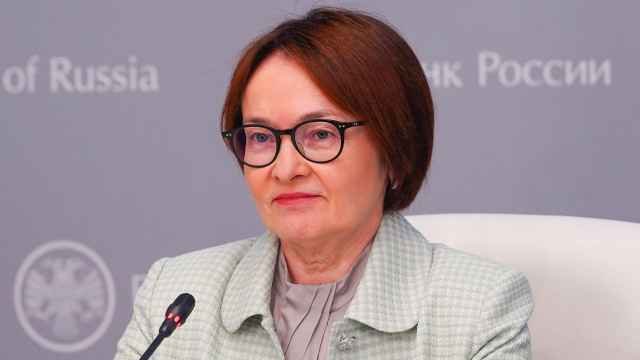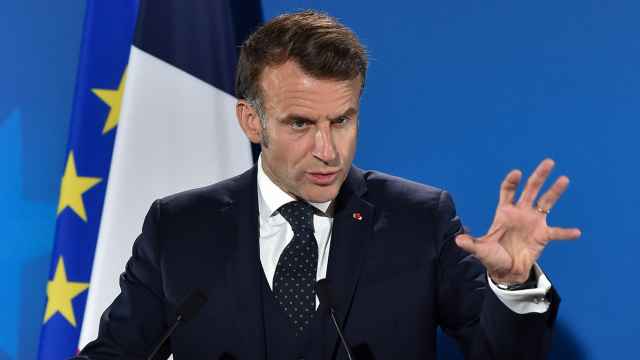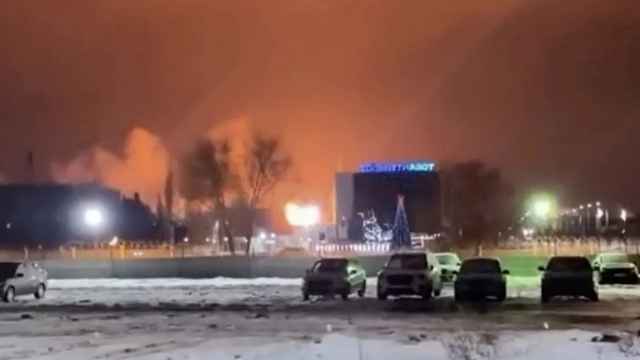Russia and other former Soviet partners agreed Thursday to provide a bailout loan of up to $3.5 billion to Belarus, during a customs union meeting in Minsk, attended by Prime Minister Vladimir Putin.
The loan will span three years and will have a lower than usual interest rate, Belarussian Prime Minister Mikhail Myasnikovich said.
The rate of interest on the loan will be lower than commercial rates, Myasnikovich said. Still, external loans won't solve the nation's economic problems, and the "main resources" should be found within the country, he said.
The loan comes on the heels of a long power play between the two countries.
Days before Alexander Lukashenko won a fourth term as president of Belarus in December, Russia cast the authoritarian leader a $4 billion lifeline by scrapping duties on oil exports to the former Soviet republic.
Now the Kremlin is trying to reel him in.
Moscow is using its own economic might to weaken Lukashenko and increase its influence on Belarus, an ally facing a crisis that stems from lavish public spending before a widely criticized vote that further soured relations with the West.
Russia is dangling the prospect of badly needed loans before Lukashenko, who damaged his chances of further aid from the International Monetary Fund by jailing opponents after a police crackdown on peaceful protests over his election.
In return, analysts say, Moscow is eyeing prize assets that Belarus is under pressure to privatize — potentially including its two big oil refineries, its gas pipeline system, its main mobile phone provider and Belaruskali, a top potash producer.
"Russia is not going to give free money to Belarus," a European Union nation diplomat said on condition of anonymity. "They want a piece of Belarus in return, and that is totally understandable."
Finance Minister Alexei Kudrin sent a similar message Tuesday when he said an agreement on a loan for Belarus was close and could be reached during a visit to Minsk by Prime Minister Vladimir Putin on Thursday.
In addition to the loan, Kudrin said Belarus would have to sell assets worth $3 billion this year to claw its way out of the crisis.
Belarus had been hoping for $3 billion right away, including $1 billion from Russia itself.
The money can be used to pay back debt maturing in the short and medium term and help plug the current-account gap, said Dmitry Gourov, an emerging markets analyst at UniCredit. Belarus had $28.5 billion in external debt and loans as of Jan. 1, with sovereign debt accounting for $10 billion of that total. The government sold $800 million of 2018 bonds on Jan. 19.
But Moscow, which for years has subsidized Belarus' Soviet-style economy in exchange for smooth delivery of oil to Europe and the loyalty of an ally sandwiched between Russia and NATO, seems determined to shorten the leash on Lukashenko.
"Loans will be granted in an amount that is enough to avert a collapse but in no way enough to preserve the status quo," said Kirill Koktysh, an associate professor at the Moscow State Institute of International Relations.
A Message from The Moscow Times:
Dear readers,
We are facing unprecedented challenges. Russia's Prosecutor General's Office has designated The Moscow Times as an "undesirable" organization, criminalizing our work and putting our staff at risk of prosecution. This follows our earlier unjust labeling as a "foreign agent."
These actions are direct attempts to silence independent journalism in Russia. The authorities claim our work "discredits the decisions of the Russian leadership." We see things differently: we strive to provide accurate, unbiased reporting on Russia.
We, the journalists of The Moscow Times, refuse to be silenced. But to continue our work, we need your help.
Your support, no matter how small, makes a world of difference. If you can, please support us monthly starting from just $2. It's quick to set up, and every contribution makes a significant impact.
By supporting The Moscow Times, you're defending open, independent journalism in the face of repression. Thank you for standing with us.
Remind me later.






